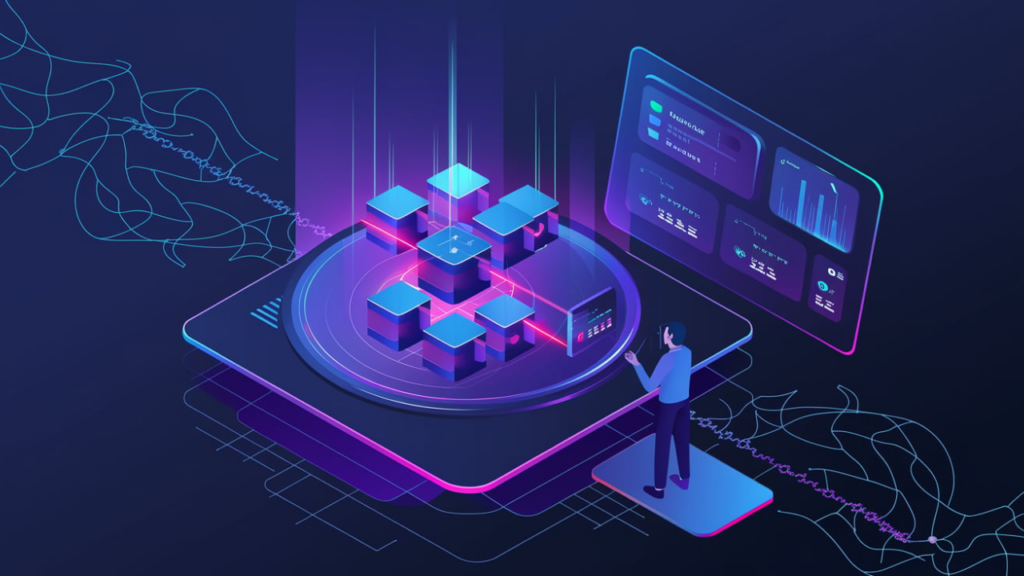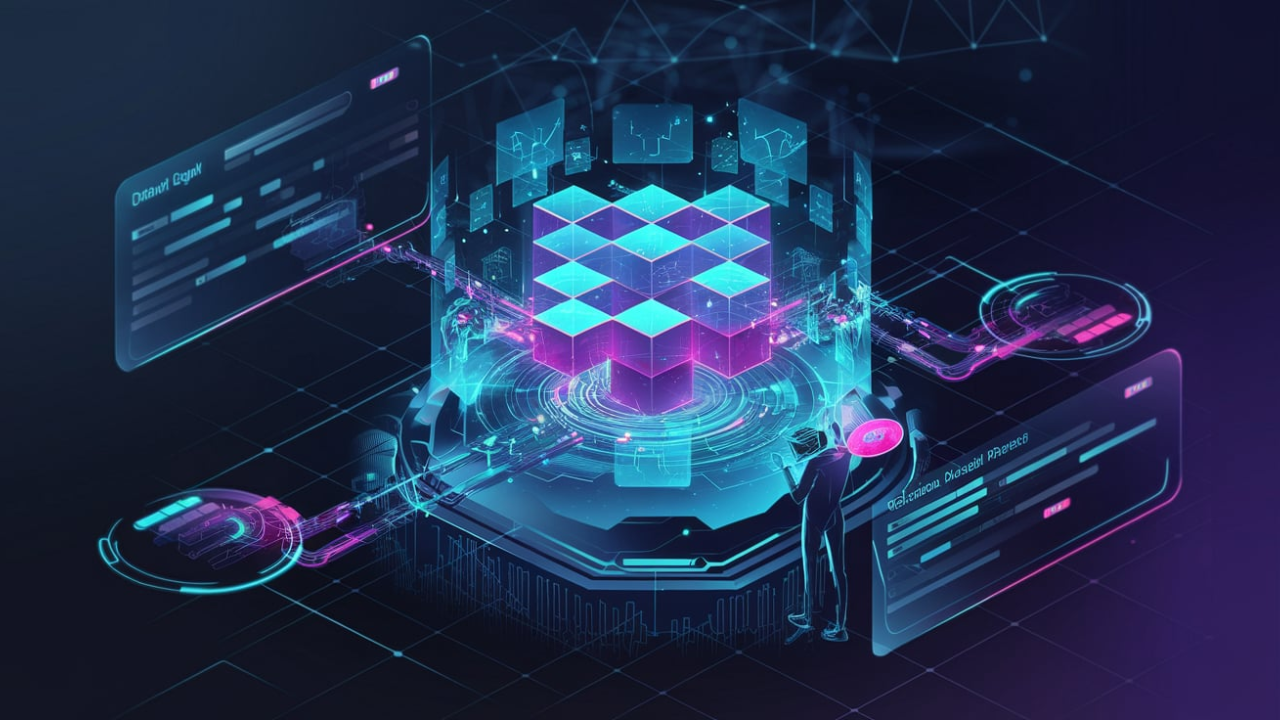A blockchain explorer is an essential tool for navigating and analyzing blockchain networks. It allows users to track transactions, check wallet balances, and explore the inner workings of decentralized ledgers. But how does a blockchain explorer function, and why is it so important in cryptocurrency? Let’s explore its features and benefits.
Table of Biography for “Blockchain Explorer”
| Attribute | Details |
|---|---|
| Definition | A blockchain explorer is a tool that allows users to search, track, and analyze transactions, blocks, and wallet addresses on a blockchain. |
| Purpose | To provide transparency, track transactions, verify blocks, and analyze blockchain activity. |
| Key Features | Transaction tracking, block details, wallet lookup, mining data, and smart contract insights. |
| How It Works | It retrieves real-time data from blockchain nodes and presents it in an easy-to-read format. |
| Importance | Enhances security, prevents fraud, aids in research, and helps track lost or delayed transactions. |
| Popular Examples | Etherscan (Ethereum), Blockchain.com (Bitcoin), BscScan (Binance Smart Chain), Polygonscan (Polygon). |
| Use Cases | Investors verifying transactions, developers analyzing networks, miners tracking rewards. |
| Benefits | Ensures trust, increases transparency, helps troubleshoot failed transactions. |
| Who Uses It? | Traders, developers, researchers, and everyday cryptocurrency users. |
| Limitations | Requires technical understanding, limited to specific blockchains, doesn’t reveal private user information. |
How Does a Blockchain Explorer Work?
A blockchain explorer operates as a search engine for blockchain data. It pulls real-time information from blockchain nodes and presents it in an accessible format. Users can enter transaction IDs, wallet addresses, or block numbers to retrieve detailed insights. The tool provides transparency, making blockchain transactions publicly viewable while maintaining user anonymity.

Key Features of a Blockchain Explorer
- Transaction Tracking A blockchain explorer enables users to verify transactions by providing details such as sender and receiver addresses, transaction amounts, and timestamps. This feature ensures accountability and prevents fraud.
- Block Details Each block in the blockchain contains multiple transactions. A blockchain explorer allows users to view block height, hash values, miner information, and confirmations.
- Wallet Address Lookup Users can check wallet balances and transaction history. This is particularly useful for investors and researchers monitoring blockchain activity.
- Mining Information Many explorers display mining data, including difficulty levels, hash rates, and miner rewards. This helps miners and blockchain enthusiasts stay informed about network activity.
- Intelligent Contract Interaction On blockchains like Ethereum, users can explore innovative contract addresses, check execution details, and review token transactions.
Why Use a Blockchain Explorer?
- Transparency and Security The decentralized nature of blockchain ensures transparency. A blockchain explorer allows users to verify transactions without relying on third parties.
- Fraud Prevention Scammers often attempt to forge transactions. A blockchain explorer allows users to validate the legitimacy of transactions, reducing fraud risks.
- Network Analysis Developers and researchers utilize explorers to analyze network congestion, gas fees, and transaction speeds.
- Tracking Lost Funds If a transaction is delayed or lost, a blockchain explorer can help locate it. Users can check the transaction status and identify potential issues.
Popular Blockchain Explorers
- Etherscan (Ethereum) – The most widely used Ethereum blockchain explorer, offering in-depth insights into ERC-20 tokens, gas fees, and smart contracts.
- Blockchain.com (Bitcoin, Bitcoin Cash, Ethereum) – Supports multiple blockchains and provides real-time tracking.
- BscScan (Binance Smart Chain) – A dedicated explorer for Binance Smart Chain transactions and smart contracts.
- Polygonscan (Polygon Network) – Designed for users exploring Polygon-based transactions and tokens.
How to Use a Blockchain Explorer?
- Enter a Transaction ID or Wallet Address
- Input the unique transaction ID (TXID) or wallet address into the search bar.
- Analyze Transaction Details
- Review sender and receiver information, fees, and confirmation status.
- Check Block Information
- Explore block height, miner details, and timestamp.
- Explore Smart Contracts
- For Ethereum and BSC users, interact with smart contracts to view execution history.

Deduction
A blockchain explorer is invaluable for crypto users, investors, and developers. It enhances transparency, improves security, and simplifies blockchain analysis. Whether tracking transactions, monitoring wallet activity, or analyzing network performance, a blockchain explorer is a must-have resource for navigating the decentralized world of blockchain technology.



Pingback: Exploring the Power of be1crypto.com blockchain - Crypto Arena
Pingback: How Does Blockchain Technology Work? - Crypto Arena